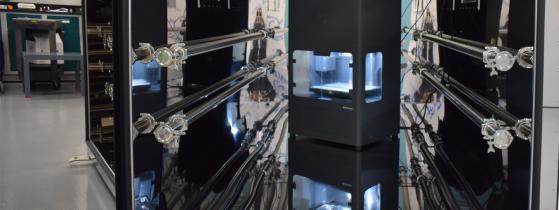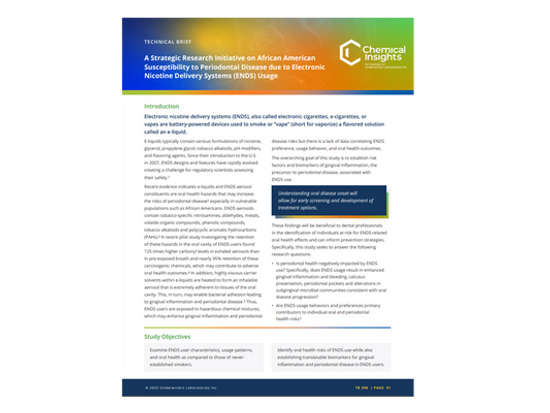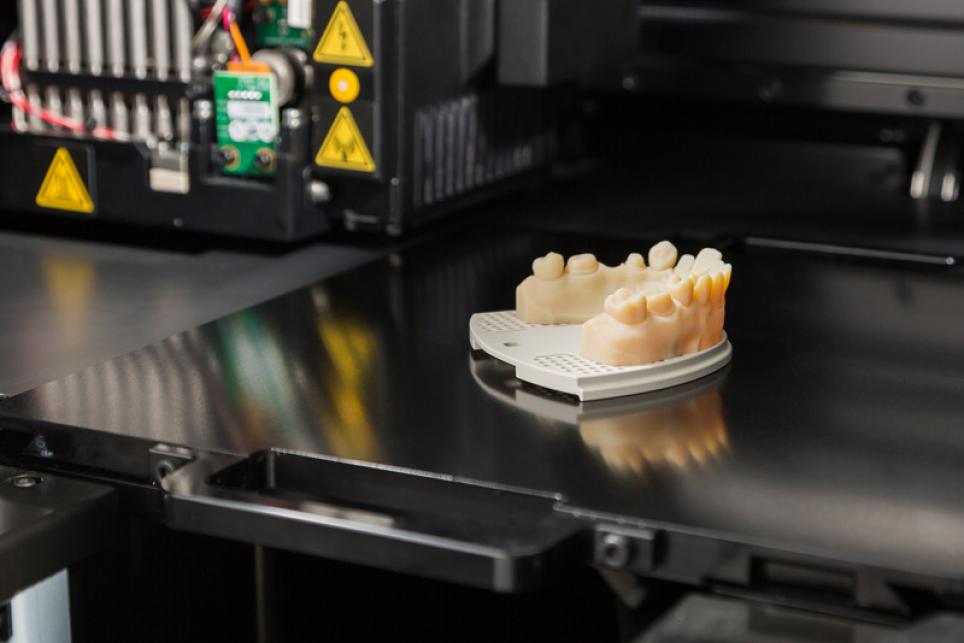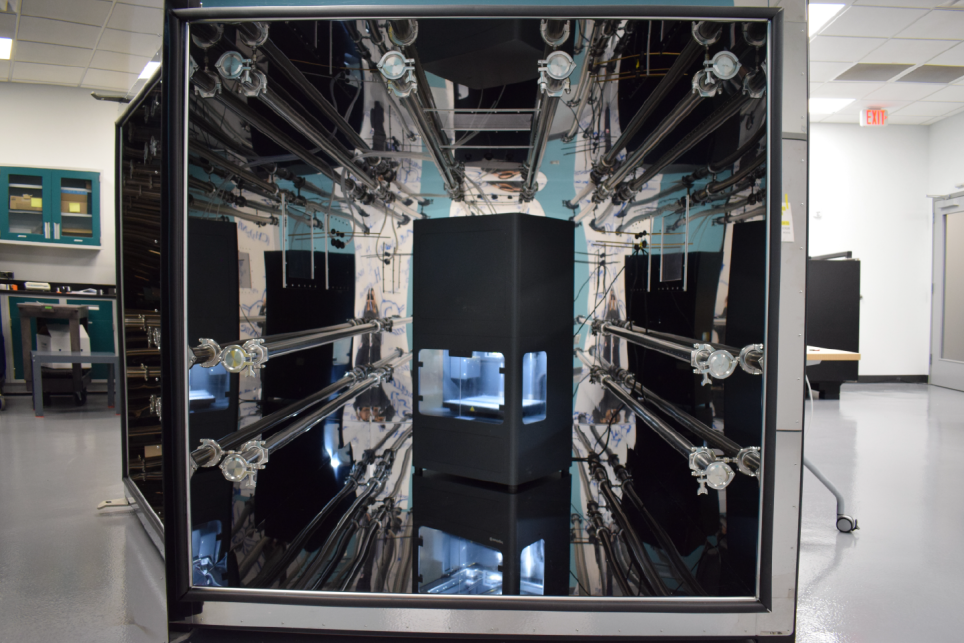
Over 140,000 chemicals are used to make products we use every day, but we only understand the health impact of approximately five percent.
For example, in the air we breathe inside our homes and buildings, there can be anywhere from 300 to 1,000 different volatile organic chemicals (VOCs) at any one time. Many of these are known to be carcinogens (cause cancer) or can be reproductive and neurodevelopment toxins, especially affecting our most vulnerable populations. Children are most sensitive to their effects because they breathe at a fast rate and have small bodies, hence they get higher doses of the chemicals than adults. CIRI is taking numerous research steps to define these chemical risks and understand how they directly affect the human body and ultimately result in illness and disease.
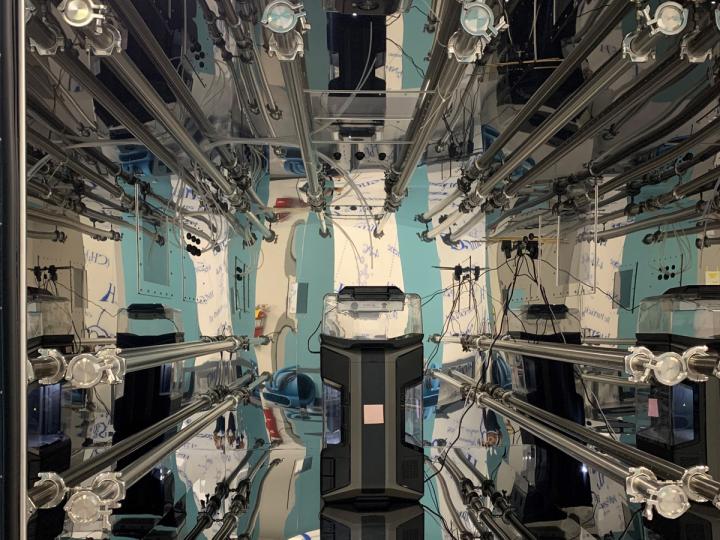
Specially designed state-of-the-art exposure chambers allow us to measure the emissions of chemicals resulting from product use or specific activities down to the parts per trillion (PPT) levels.
CIRI can accurately identify the chemicals, measure their levels, and then use unique human exposure models to predict health risks.
Studies are underway on the emissions released by operating 3D printers. Based on research results that showed this to be a health risk from exposure to very fine particles and many VOCs such as formaldehyde and styrene, CIRI engaged key stakeholders in the creation of a National Standard, CAN/ANSI/UL2904 to limit the number of hazardous VOCs that could be released from operating printers. Ongoing research is focusing on the effectiveness of filtration systems in capturing chemical and particle emissions before they disperse into the air.
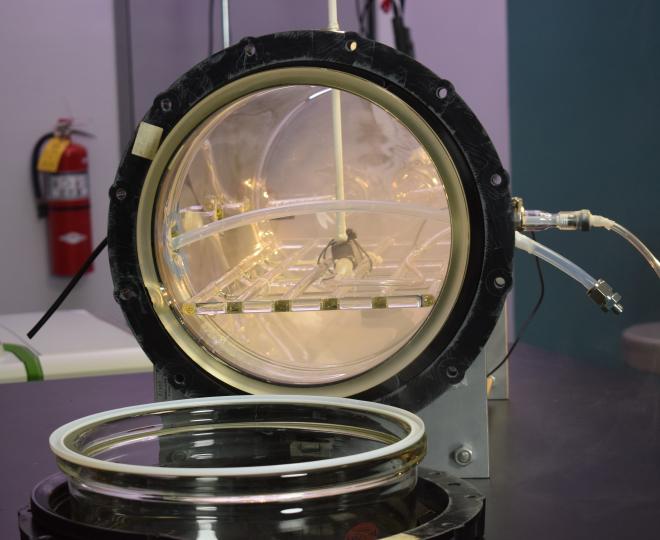
Another of our chemical projects is characterizing the vape resulting from the use of electronic cigarette devices.
Using a specialized vaping robot in the exposure chambers, more than 100 different VOCs have been identified with indication that over 75 percent are likely depositing in the lungs.

CIRI also studies how people are exposed to per- and polyfluoroalkyl (PFAS) chemicals, commonly known as "forever chemicals," from consumer and occupational textiles.
PFAS chemicals are frequently added to clothing and interior furnishing materials to make them water-, soil-, and stain-resistant. They are used so much that they are found nearly everywhere in our environment. In fact, the Centers for Disease Control and Prevention recently found that approximately 97 percent of the U.S. population has PFAS in their blood systems.
These “forever chemicals" do not easily break down in the environment or in our bodies, and long-term exposure to PFAS chemicals may result in increased risks of prostate, kidney and testicular cancer. Exposure to children can result in developmental effects, low birth rates, and behavioral changes.
To address this problem, CIRI is studying how people can get exposed to PFAS chemicals. Are they in the air we breathe, the food and water we ingest, or do they migrate from the textiles we use through our skin and into our bodies? Scientific understanding of these exposure routes allows us to define the health risks and explore ways we can reduce exposure. CIRI’s research supports a healthier and more sustainable future for people and the planet.
